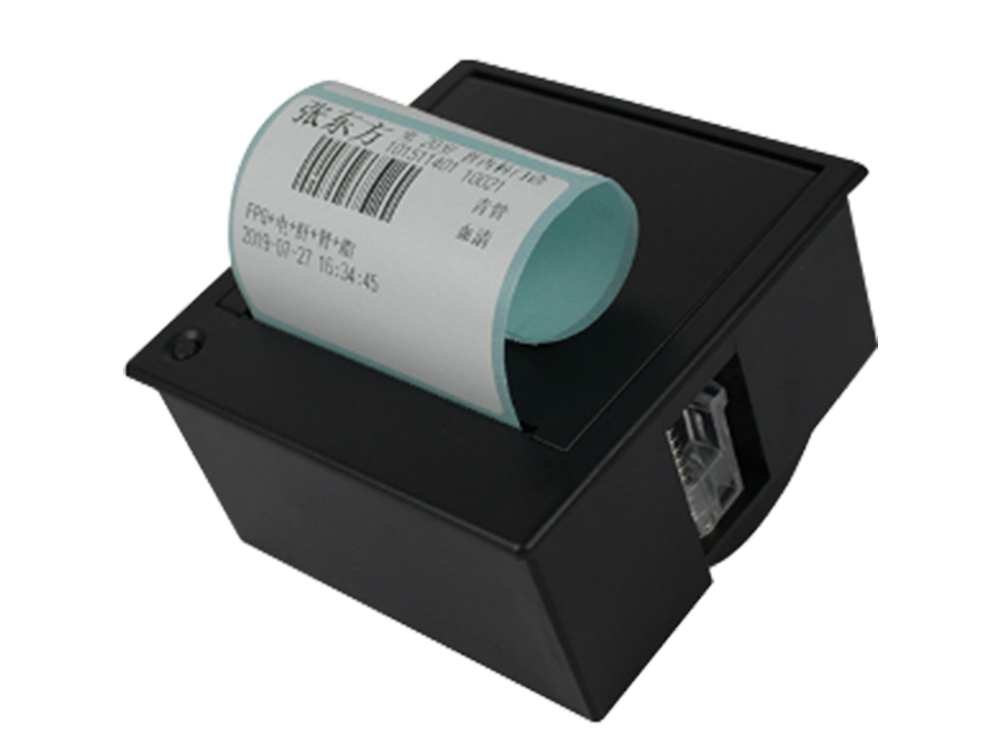Time:2025.07.01Browse:1

The firmware of a laser printer is a crucial set of software instructions embedded in the printer's memory that controls its fundamental operations and functionality. Meeting specific firmware requirements is essential for ensuring the printer operates smoothly, efficiently, and securely.
One of the primary firmware requirements is compatibility with various operating systems. Modern laser printers need to work seamlessly with popular operating systems such as Windows, macOS, and Linux. To achieve this, the firmware must be designed with appropriate communication protocols and drivers that can interface correctly with these different platforms. For example, a printer's firmware for Windows systems needs to support the Windows Print Spooler service, which manages print jobs and sends them to the printer. It also has to be able to understand and execute commands specific to Windows, such as those related to page setup, color management, and print quality settings. Similarly, for macOS, the firmware should comply with Apple's printing standards and be able to integrate with the Mac's built - in printing system, AirPrint. This ensures that users can easily connect their laser printers to their devices regardless of the operating system they are using.
Another important firmware requirement is support for different printing languages. The most common printing languages include PCL (Printer Command Language) and PostScript. PCL is widely used in office environments and is well - supported by many laser printers. It offers a good balance between functionality and compatibility, allowing for the printing of text, graphics, and simple images. PostScript, on the other hand, is more advanced and is often preferred for high - end printing tasks, such as printing complex documents with a lot of graphics, fonts, and colors. A high - quality laser printer's firmware should be able to handle both PCL and PostScript, or at least provide the option to upgrade or install additional modules to support these languages. This enables the printer to handle a wide variety of print jobs from different sources, such as desktop publishing software, graphic design applications, and standard word processing documents.
Firmware also needs to incorporate security features. With the increasing threat of cyberattacks, protecting the printer and the data it processes is of utmost importance. Laser printer firmware should include features like user authentication, encryption of data during transmission, and protection against unauthorized access. For instance, some printers support secure protocols such as HTTPS for web - based management, ensuring that any configuration changes made through a web browser are encrypted. Additionally, firmware updates are regularly released to patch security vulnerabilities and improve overall security. Printers with firmware that can automatically detect and download these updates are more secure, reducing the risk of being exploited by hackers.
In addition, the firmware of a laser printer should be able to manage the printer's internal components effectively. This includes controlling the operation of the laser beam, toner cartridge, paper feed mechanism, and fuser unit. The firmware monitors the status of these components, detects any malfunctions or errors, and provides appropriate error messages to the user. For example, if the toner cartridge is running low, the firmware will display a warning on the printer's control panel and may also send a notification to the connected computer. It also optimizes the performance of these components to ensure high - quality printing and minimize wear and tear.
Read recommendations: